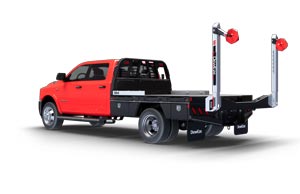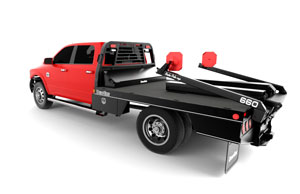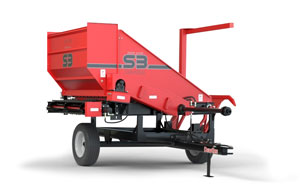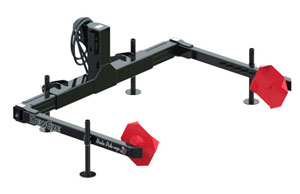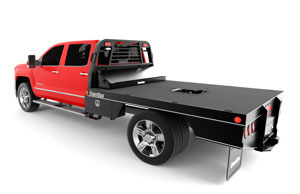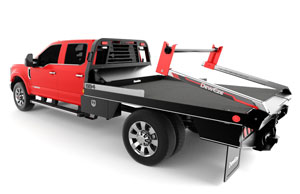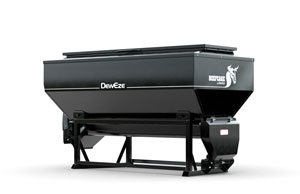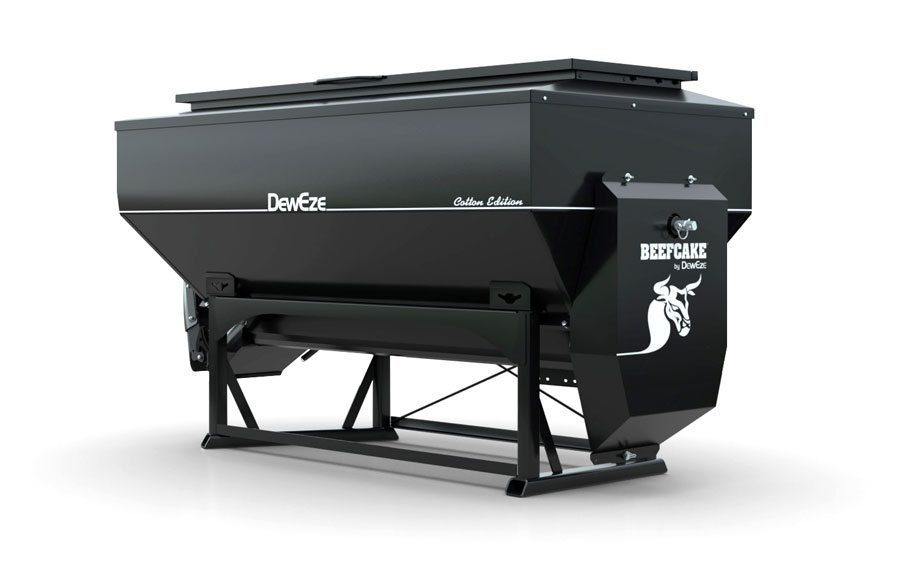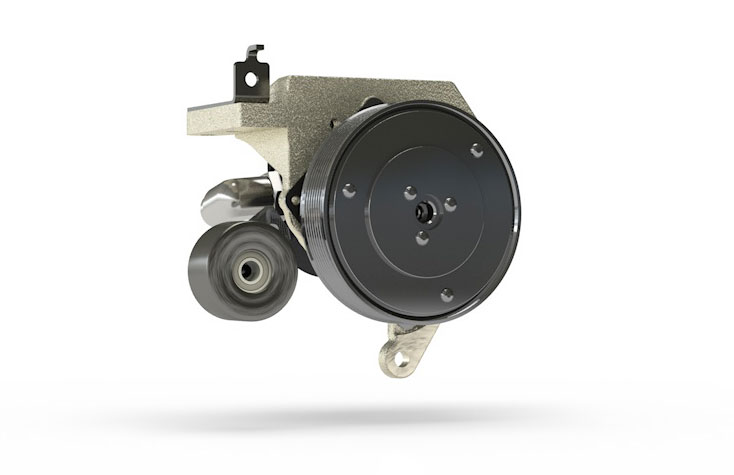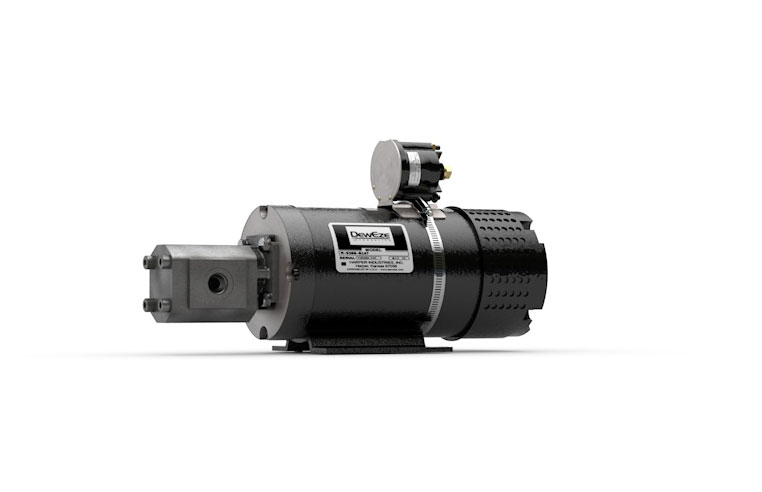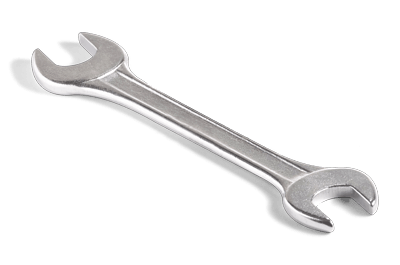Recently, a municipal public works department (DPW) experienced a pump failure on a DewEze Engine-Driven PTO kit due to an improperly plumbed “power beyond” on a hydraulic valve. This occurred during the original upfitting of the truck chassis and would have been caught immediately with a few key preventative steps prior to customer acceptance of the vehicle.
Visible symptoms of a problem should have been detected immediately prior to vehicle acceptance. Those symptoms included chassis vibration during the body raise function, extremely high hydraulic fluid temperatures and very slow hydraulic operation of the body. All symptoms that pointed to something wrong in the hydraulic system. The problem went unaddressed for 2 years after delivery when hydraulic pump failure finally occurred. This resulted in extensive metal contamination of the entire hydraulic system.
It is not uncommon when diagnosing hydraulic systems to presume a hydraulic pump is the root cause of a problem. However, pump failure is often the symptom of a problem present in the hydraulic system that has gone undetected or undiagnosed.
Bottom line: a hydraulic pump “sees” everything. A hydraulic pump serves as the prime mover of hydraulic power and its performance reflects the load exerted upon it; regardless of the source or nature of the load.
DewEze wants to maximize the life of the hydraulic components we provide in our kits and to help our customers avoid very expensive repairs and premature replacement of parts. Here are some of our recommendations that we would encourage all our customers to follow:
• Proper Priming of the Pump: Pump cavitation is a significant source of pump failure. A short video here describes recommendations from DewEze to help properly prime a pump to prevent cavitation.
• Proper Hydraulic Fluid Selection: Improper fluid selection can lead to premature hydraulic pump failure. DewEze strongly recommends careful selection of hydraulic fluid for the climate a vehicle is operating in. Those recommendations can be found here.
• Measure hydraulic fluid temperature post installation: DewEze strongly advises operating all the functions on a truck build long enough for the hydraulic fluid temperature to reach a constant that reflects representative operational conditions. Extremely high fluid temperatures experienced in the case example cited above occurred within less than a minute of running the functions on the truck. This would have been detected easily when the truck was initially upfitted.
• Inspect hydraulic fittings: It is not uncommon for an incomplete machining operation on a hydraulic fitting to go unnoticed. Partially machined hydraulic fittings act as a restriction in the flow of hydraulic fluid. Quick visual inspection of fittings to ensure they are properly machined will save a lot of hours trying to isolate a problem.
• Proper Hydraulic Hose Selection: Hose size for a given pump size is critical to ensuring long pump life. Recommendations on hose sizes by pump size are provided here under "S Hose" and "P Hose" columns.
• Proper Clutch Burnishing: This step maximizes the torque that the clutch can transmit to the pump and is a vital step getting the most life out of your DewEze kit. Instructions on how to properly burnish a clutch can be found here.
• Ensuring Proper Pump Alignment: DewEze recommends that installers use a laser alignment tool as a quick test to ensure that serpentine belt is properly aligned with the rest of the components in the belt’s drive chain. This step takes a couple of minutes to perform and will also help to ensure that the pump is properly aligned.
